It appears the presidential election this fall will offer us a choice between Donald Trump and Hillary Clinton — two candidates with the highest unfavorable ratings in political history. Their campaigns will be based on the argument “Vote for me; I’m less despicable than my opponent.” Whatever happened to candidates voters want to vote for? A theory called the median voter model is often used to explain political competition. It predicts that the winning candidate in a two-party race will be the one who appeals most to voters in the middle of the political spectrum. It arrives at this conclusion by assuming voter preferences are normally distributed ranging from liberal to conservative. In such a distribution, roughly two-thirds of voters will be clustered near the middle (see Figure 1). The theory also postulates that people vote for the candidate who comes closest to matching their ideological preference. But before candidates can run in the general election, they must win their party’s nomination. And since Democrats tend to be more liberal than the average voter and Republicans more conservative, the nominees will likely be to the left or right of the median voter. Thus, the nominees must reposition themselves, moderating positions they took in their primaries in order to appeal to the median voter in the general election (see Figure 2). Candidates who refuse to modify their position are likely to suffer landslide losses to more moderate opponents. For example, in 1964 Barry Goldwater, a staunch conservative, refused to modify his position and lost to Lyndon Johnson 61 percent to 39 percent. Then, just eight years later, George McGovern was the Democrats’ nominee. A staunch liberal, he refused to modify his position, and lost in a landslide to Richard Nixon. Thus, the “race to the middle” has become an integral part of American presidential politics. Some candidates are better able to modify their positions than others. For example, sitting presidents generally have an edge if they are not challenged for their party’s nomination because they can appear presidential and moderate while their opponent is busy appealing to their party’s base. But when they are challenged for their party’s nomination, it’s a different matter. Jimmy Carter’s loss to Ronald Reagan in 1980 is often attributed to Carter’s being forced to take very liberal positions because he was locked in a tough primary contest with Ted Kennedy, while Reagan, a well-known conservative, wrapped up the Republican nomination early and was able to position himself as the more moderate candidate. Presently, Hillary Clinton is still being challenged by Bernie Sanders, and as a result, is being forced to take very liberal positions while at the same time she desperately wants to moderate her political stance in order to paint Donald Trump as the extremist in the general election. Meanwhile, Trump has wrapped up the Republican nomination, and most political advisors are urging him to take advantage of this by modifying his position to increase his appeal to the median voter. But things may be different this time around. The Pew Research Foundation has tracked the ideological attitudes of American voters over several decades, and their data show that better educated voters are becoming more ideologically polarized. That is, the liberals are moving further to the left, while the conservatives are moving further to the right. Thus, instead of a normal distribution over the ideological spectrum, we now have a bi-modal distribution (see Figure 4). With fewer voters in the middle, the convergent process in the median voter model does not work. But the Pew researchers also found that less educated voters and independents are becoming less ideological. In other words, they don’t recognize or understand the political philosophies of either conservatism or liberalism. They care about issues and what affects them personally, not political philosophies. This is the new political center that Donald Trump, and to a lesser extent Bernie Sanders, has tapped into. For example, Trump is widely disliked by both the ideological left and right, while many Sanders supporters say that if “Bernie” is not the Democrats’ nominee, they may vote for Trump because they consider themselves more anti-establishment than ideologically liberal. There have been seismic realignments in American politics in the past. For example, in the 1880s and ‘90s, Democrats favored free markets, low taxes, low tariffs and less spending by government, while Republicans favored social regulations, such as liquor prohibition; high tariffs to protect industries; government involvement in economic development; and inflationary monetary policy. And there was a very strong populist movement. Socialism versus capitalism was not a big issue. Perhaps we are witnessing the end of the left/right, liberal/conservative political paradigm and the rise of a new era of populism in America. 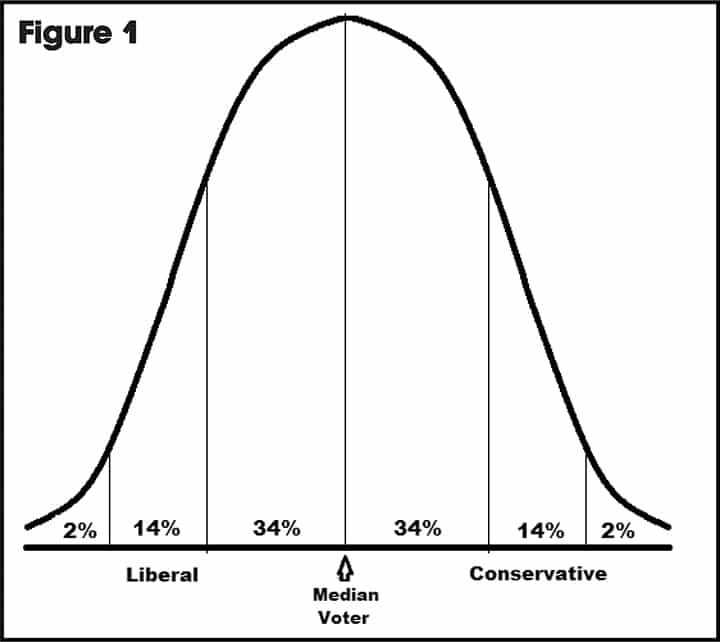




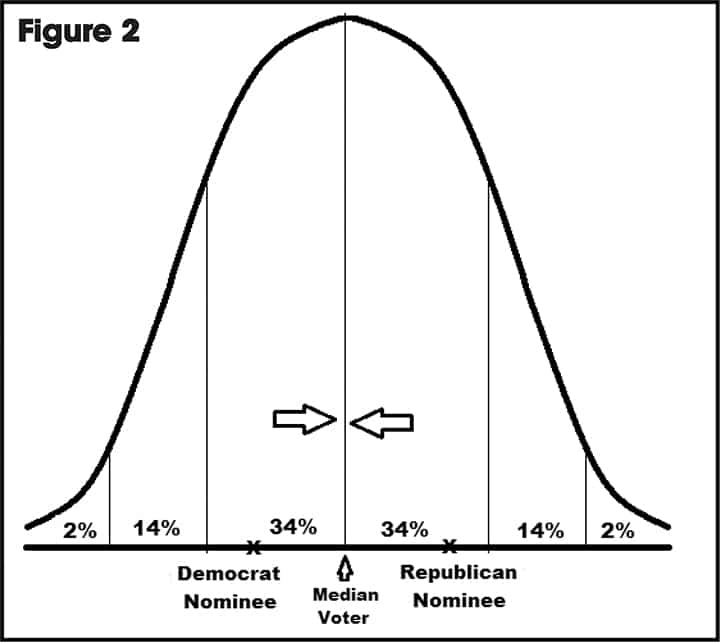
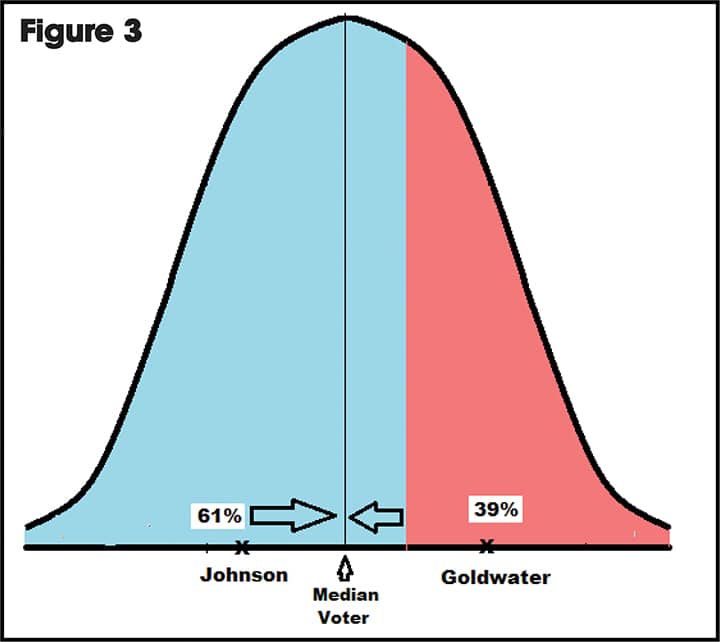
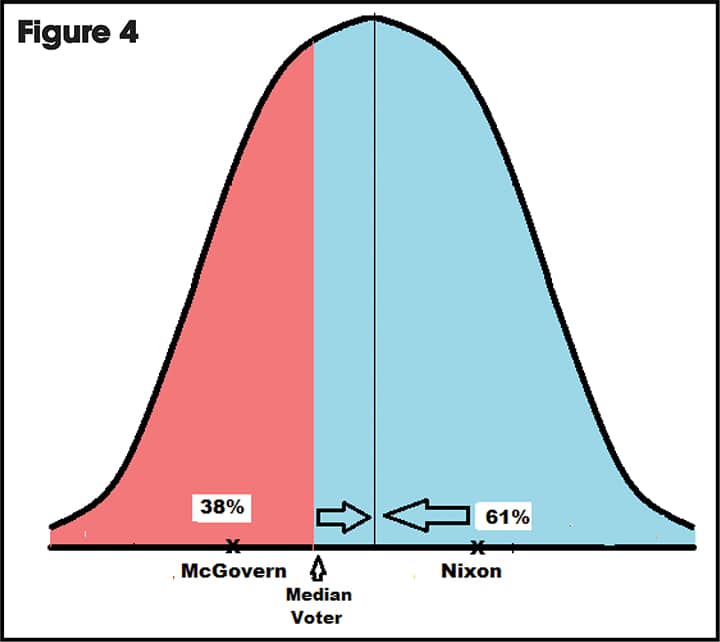
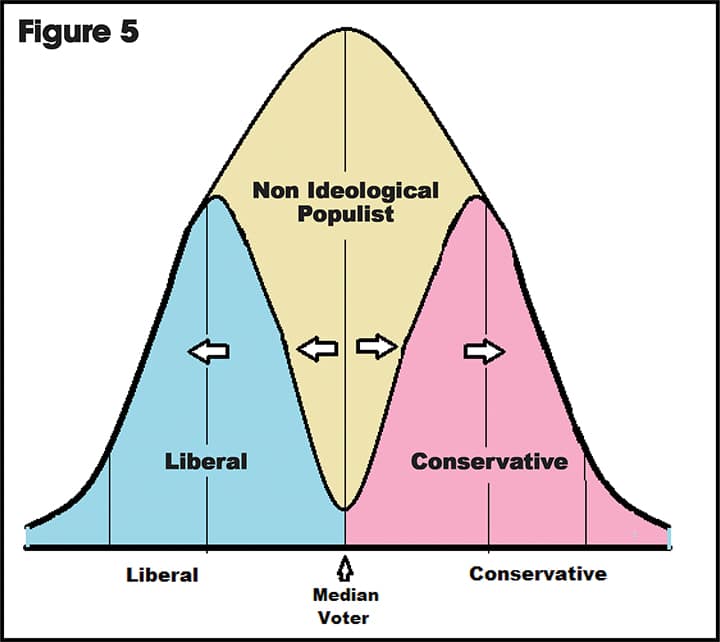
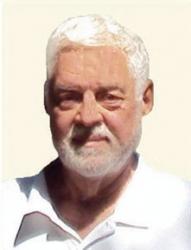









Comments are closed.